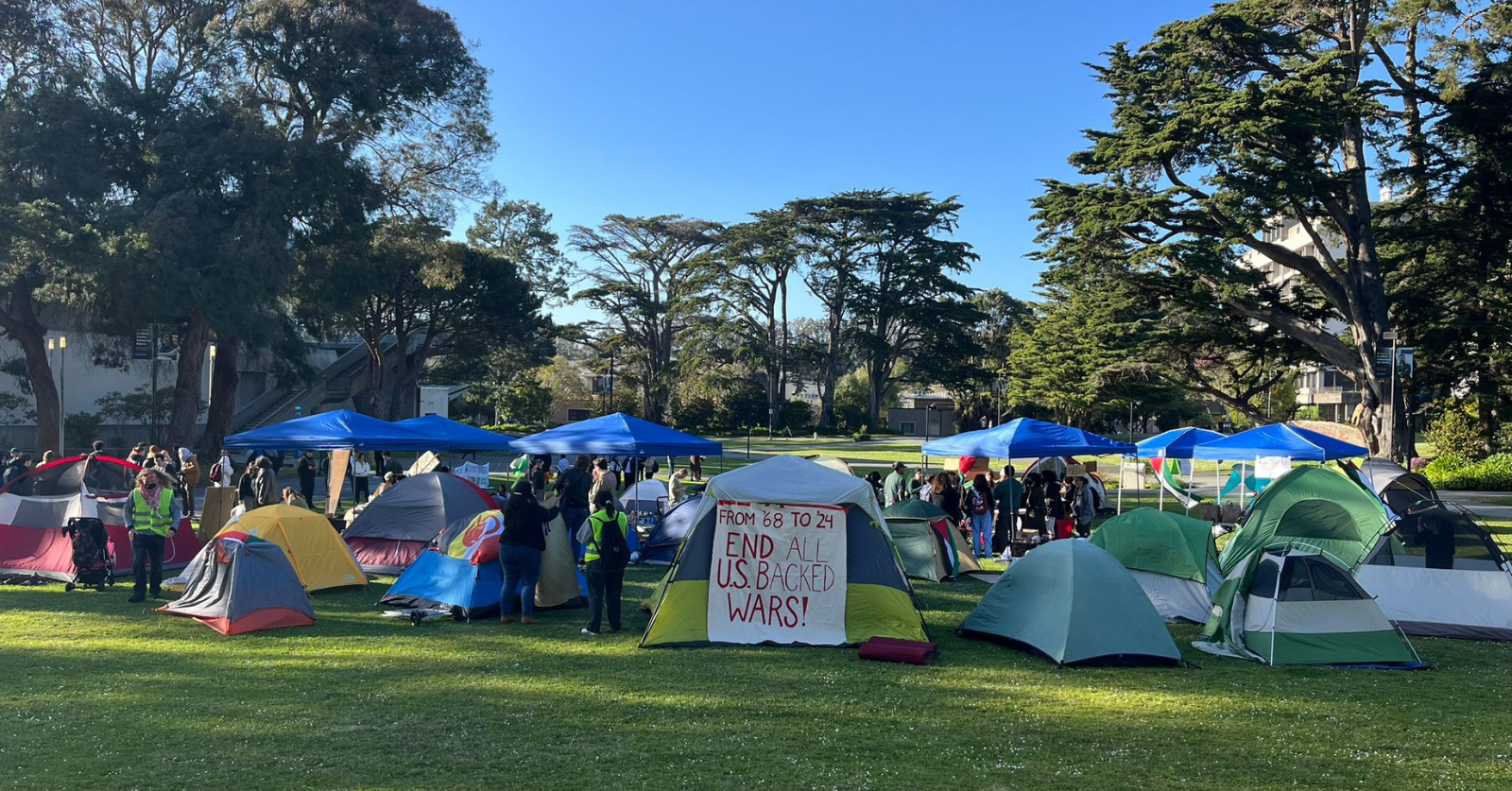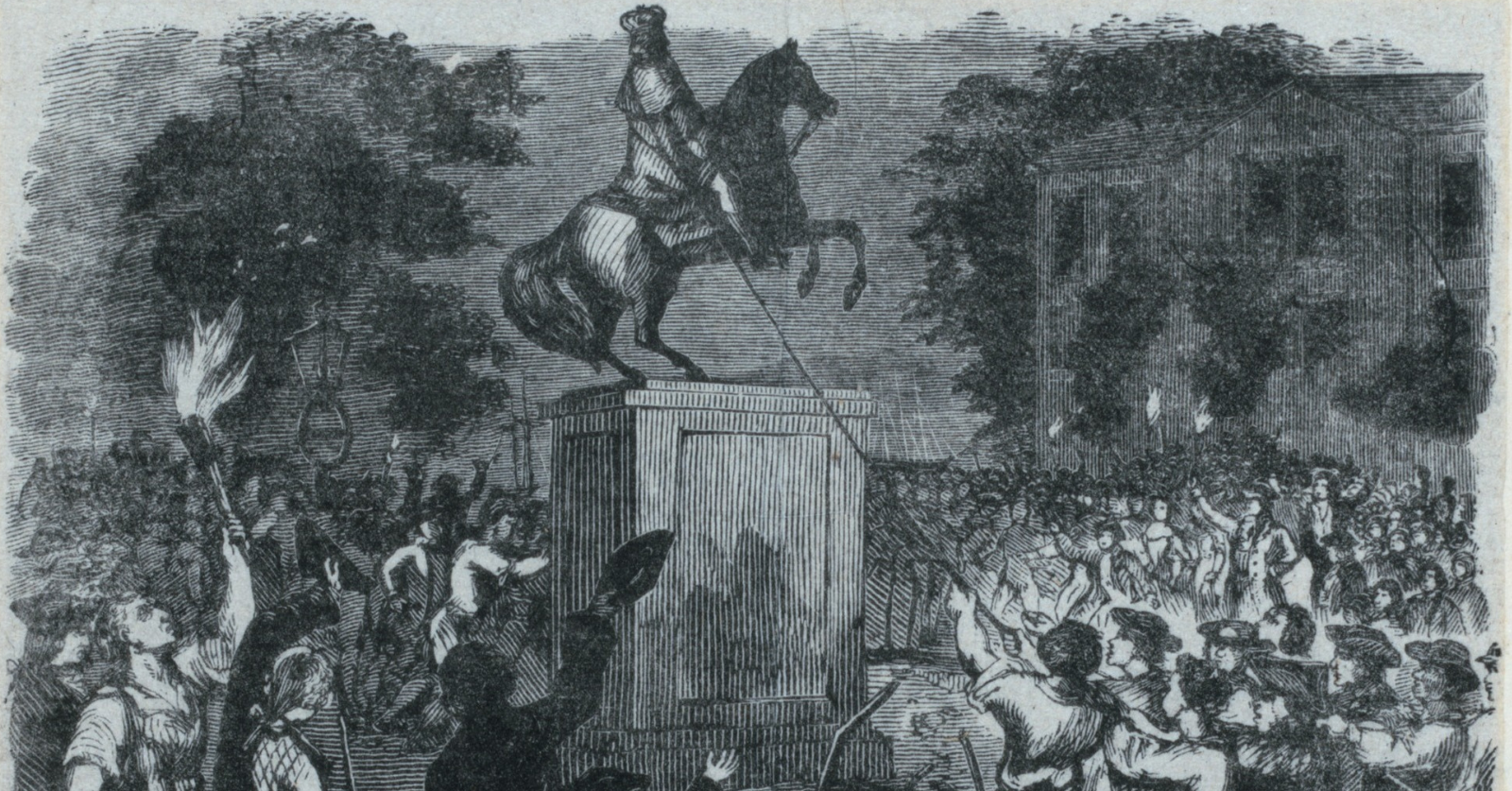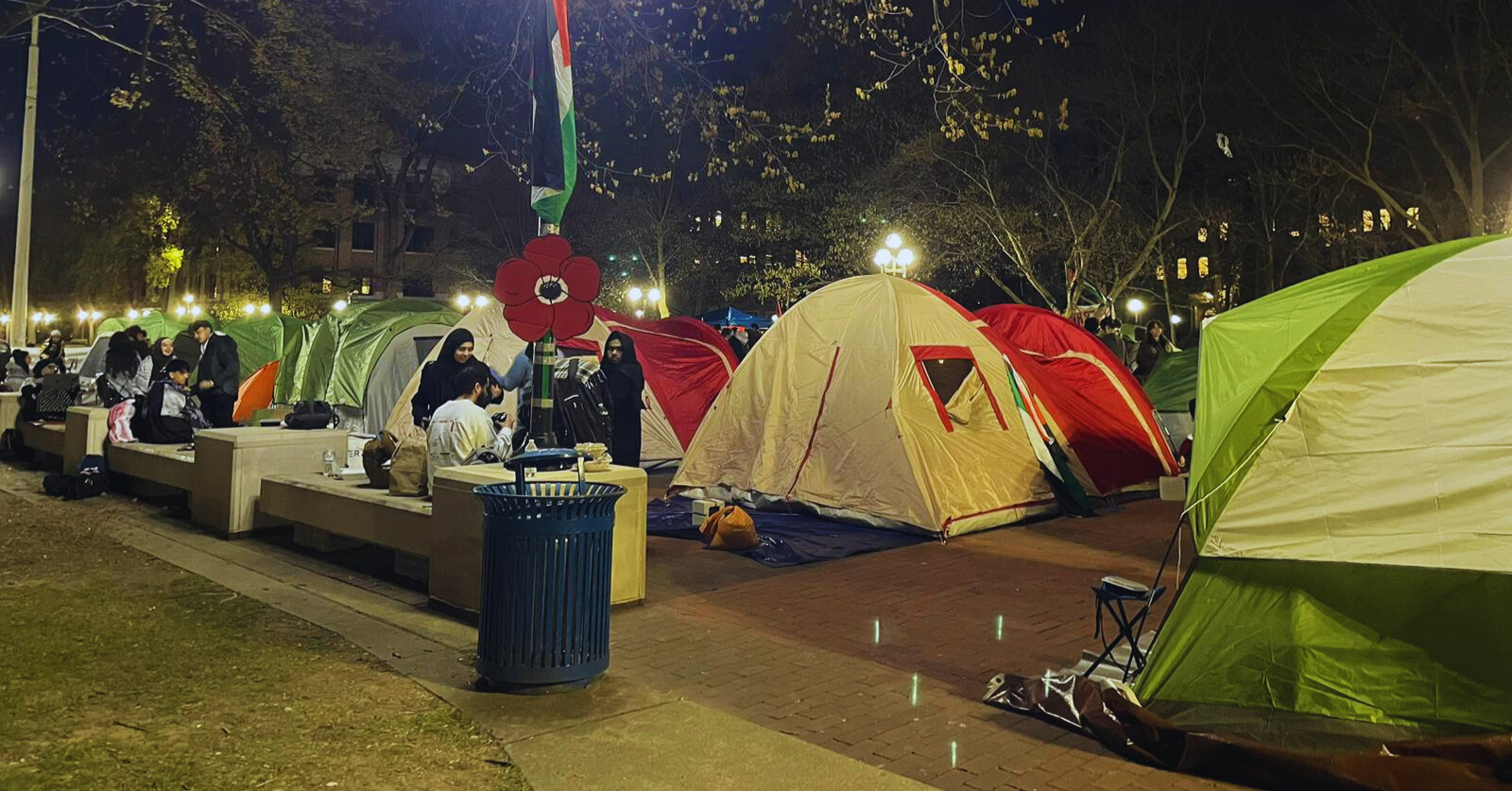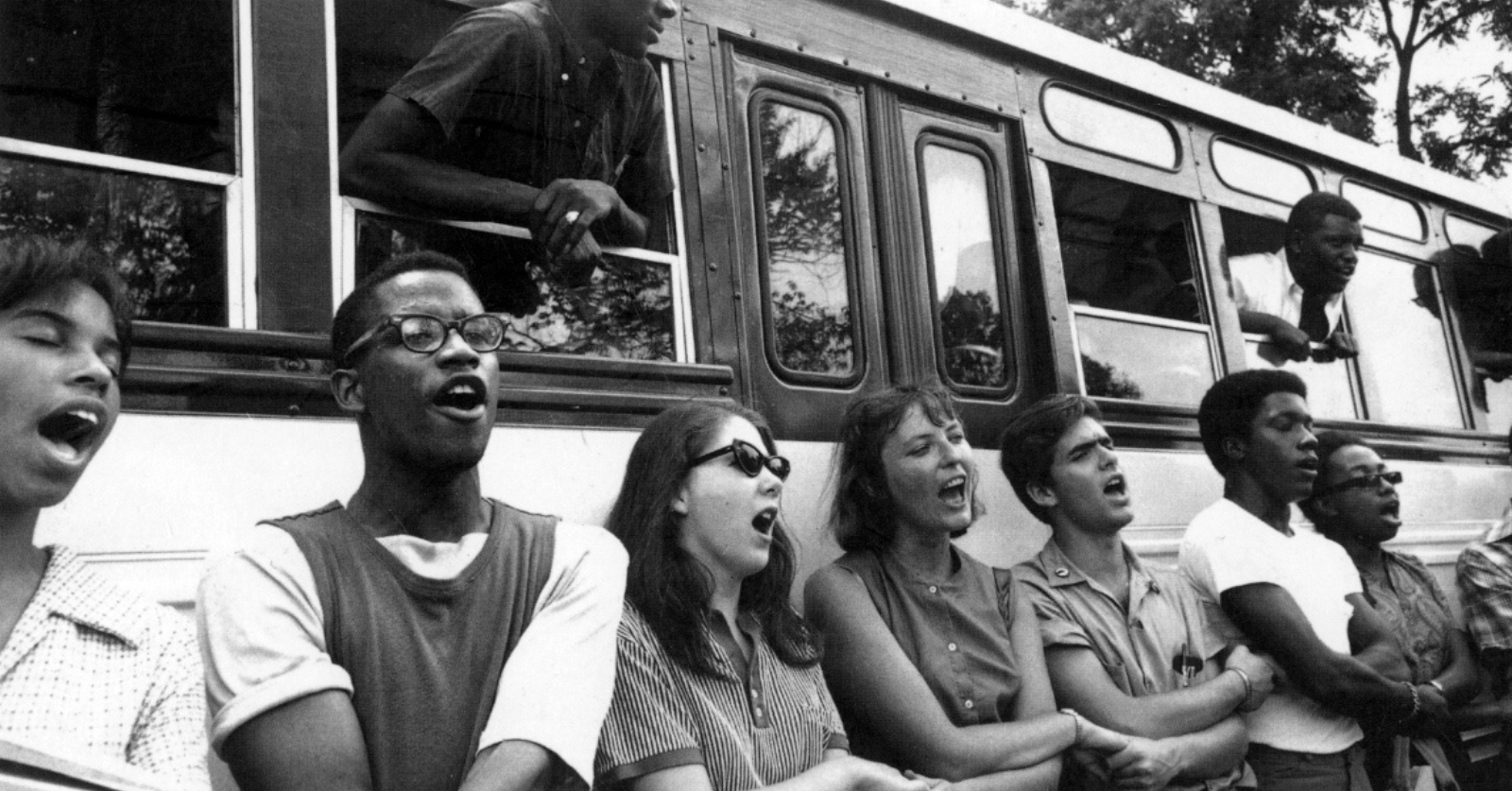In an inspiring escalation of the movement for peace and justice in Palestine, student organizers in the US have sparked a wave of encampment protests that have now spread across campuses and across the world. Students are experimenting with new tactics and ideas as they work to build organization that can outlast summer break and graduations as well as violent political repression. This moment is new, but encamped students today face many of the same questions and struggles that confronted militant campus organizers of recent decades.
In part two of the Call’s interview series with veteran student militants from University of California Santa Cruz, we speak with Jeb Purucker. As a student organizer at UC Santa Cruz, Purucker helped to build many of the biggest student mobilizations of this century, from anti-war organizing in the wake of 9/11 to the six-week student worker strike of 2023. Here Purucker reflects on the key lessons from militant campus struggles, including navigating the tension between security culture and mass participation, developing organizational forms that can sustain struggle across breaks and graduations, and the importance of revitalized campus unions.
The Call: What did your experiences as a student activist at UC Santa Cruz teach you about the role of students in broader movements and winning social change?
Jeb Purucker: I came to UC Santa Cruz during the anti-war movement. The first demonstration I went to was against the invasion of Afghanistan. In 2005, we built a “tent university” encampment, a model we had taken from Rutgers the year before. It was basically an attempt to envision a university that wasn’t governed by the rules of austerity and neoliberalism. For a week people moved in at the base of campus and we ran workshops and classes. The university called us outside agitators and came down on us like a ton of bricks. It was a wake-up call. It was the first time I was hit in the ribs with a police baton. They didn’t want people talking about how a university could be different than what it was. That’s what really propelled me into student organizing.
When I came back to UC Santa Cruz for a PhD a few years later it was right as the next big moment of student organizing was taking off: the anti-austerity fights of 2009 and 2010. In 2009, the university raised student tuition by 32%. That sparked a huge wave of student occupations and, ultimately, campus shut downs. To this day, the largest student demonstration I’ve been to was in March 2010 when a few thousand UC Santa Cruz students walked out of class and shut down the campus. That really set a template for student actions for a decade to come. Then, following almost immediately, was the Occupy movement all across the country, using the same proliferating logic of expansion. We had an occupation at UC Santa Cruz, which was driven by the students, and there was also an occupation in the town of Santa Cruz. There were some imperfect efforts to blend the occupations, and some really inspiring things happened, but some really difficult dynamics also developed between the parallel occupations.
After Occupy reached certain limits in terms of decision-making and horizontality, some of us were able to direct that work into stable and durable organizational forms that could sustain the movement between the high phases of mobilization and occupation and these bombastic moments. I was involved in forming a group called Autonomous Students. I think that name bears some of the ambivalence and skepticism we felt towards organization coming out of the Occupy movement, though we also recognized the limits of having a completely unorganized horizontal form.
I think Autonomous Students was a very important group in that it made really conscious efforts to bring the student side of things and the worker side of things together. We had students, workers, and student-workers all in our cadre core. The group was involved in a number of building occupations to get the tuition freeze extended. It was a group that was very consciously ideological, so we spent a lot of time thinking together, reading together, writing together, disseminating materials, trying to align, which had not been a major feature of previous moments of struggle.
That group got very involved in the Black Lives Matter protests in that 2014 moment of anti-racist uprising. There were, I think, 17 days straight of demonstrations and riots in Oakland, so a bunch of us from Santa Cruz were going up every day to those actions to try to build Bay Area-wide connections between students who were organizing. That was an important watershed moment that fell apart for various reasons, including the temporality of student life and students moving on from their campuses.
I think the only other things to mention is that all of this culminated in the massive student worker uprisings, which started in Santa Cruz a little bit earlier than some other places with the COLA strike in 2019. COLA really pulled the politics of the student workers union in a really amazing direction, leading to a six-week strike that happened last year, and huge contract wins. So I see all of this as a long sequence that I was lucky to witness in its entirety.
The Call: What were the movements you participated in about? What did they accomplish? What were their shortcomings?
Jeb: Without these waves of student organizing, I think universities would be substantially different and much worse places with greater privatization, higher tuition, all sorts of things like that. The student movement and the campus labor movement are the only counter-forces to the trends of financialization, privatization, and austerity that are sweeping across institutions and transforming them. I think the impact of these student and worker movements have been really substantial. After that 32% tuition jump in 2009 and 2010, those first student occupations and mobilizations won a tuition freeze because of the pushback the university received. When that freeze ended, it was another wave of student protests that extended the freeze further. And then we got money restored to the university’s budget, despite being very focused on keeping the movements on campus rather than moving towards Sacramento. Orienting our politics towards the state legislature was actually a way for the university to demobilize the actions on campus and recenter our movement on political lobbying. We were consciously working against that. Yet, because of these mobilizations, Sacramento was also in crisis and responding to the movement, so that was an ancillary result.
I don’t think we’ve really cracked the code on this, though. A lot of our tactics and actions were about slowing down and stopping a transformation of our universities; and that was, I think, very successful. But obviously we’re not in communism now, so I think I want to mention some of the limits here, too. I’ve been thinking a lot about a really striking feature of these early mobilizations in 2009 and 2014 was the huge distance between the student movement and the other student groups on campus, especially student government.
There were students who would come together and organize in really intensive ways by creating new organizations to accomplish goals, but the existing infrastructure of student organizations was really tailing that. This meant that the address of our actions and mobilizations were not to the constituencies of particular student organizations, but rather to a kind of imagined, general student. That led to these mobilizations having a mass character that, as established student organizations got more involved, I think went away a little bit. This was both good and bad: student organizations are deeply plugged into networks of students, but the student body is by and large massively unorganized. As politics have shifted into the student organization ecosystem, it has meant that we are speaking in a deeper way to fewer people. I think this dynamic is starting to shift in a really important way. I’m extremely excited about how, at UC Santa Cruz, student organizations have now come together into the Divest Coalition, which has allowed us to broaden the message beyond individual organizations.
The Call: Talk us through one of the movements you helped build. What were the different stages of that movement? What considerations were most important at each stage? How did you keep the occupation from becoming an end in itself?
Jeb: I think I want to answer this with two different moments that really contrast one another. First, that first big explosion in 2009 and 2010 started with this massive tuition increase. From that, graduate and undergraduate students started getting together clandestinely to plan actions in response. That amounted to, initially, a takeover of our graduate student commons, which we thought of as the creation of a politicizing social space on campus that became an engine for generating future actions. That led to an occupation of our large lecture hall and then immediately to an occupation of the main administrative space on campus. We had three different occupations going on at the same time, all while other similar actions are taking place at campuses across the UC system.
Very much like the current moment, we had this viral logic of one day something’s happening here, the next day something’s happening somewhere else, the university comes down too hard on the occupation, which then throws gasoline on the fire and more things start exploding all over the place. The fall of 2009 was this really eclectic moment in this way. And what’s happening now across the country feels very much like what happened across the UC system a decade and a half ago, but on a much larger scale.
Occupations are exhausting, though, and they do eventually wind down. Living in an administration building is a hard thing to do for long periods of time. Just as our occupation was reaching this point of physical and political exhaustion, folks started mobilizing towards a full campus shut down. In March 2010 we saw mass, mass mobilization across the UC system, which was hugely successful and often happens as summer starts to loom over the end of the school year. I think there was almost a panic starting to set in at the end of the year, as students are about to go home, about how we are going to sustain this huge thing we did together.
One thing that came out of that moment in the spring of 2010 was a recognition from folks that if we want to continue this organizing for the long haul, if we want to sustain our movement going forward, we need to start thinking about the organizations we are part of and how to transform them. Many of us were graduate students, and we started realizing that, while this massive transformation and struggle was happening in our universities, our union was completely irrelevant. UAW 2866 was not active at all in any of these politics, and so, coming out of that year of student organizing, there was a really conscious effort on every UC campus to transform the union. And we did: the student occupiers of campus buildings from 2009 and 2010 ended up taking over the union in 2011.
We called ourselves Academic Workers for a Democratic Union, very much following the Labor Notes model and Teamsters for a Democratic Union (TDU). Our project was imperfect in a lot of ways, and we hadn’t solved the problem of workers organization and militancy. But without that union reform coming directly out of the student movement, I don’t think the union would’ve been able to pull off a 48,000-worker strike in 2020 to win such massive gains. There’s this through line from that first hot phase of proliferating occupations — mass organizing, turning out thousands of people to shut down campuses — to the turn inward and building a stable, lasting organizing core. How do we transform the organizations and the institutions and the unions that were part of? That’s proved to be a decade-and-a-half-long process, but it’s yielded huge dividends.
The Call: Successful occupations need operational security but also open and democratic communication — especially meetings — in order to boost the awareness, participation, and leadership of each participant. How have movements you participated in tried to strike that balance?
Jeb: That balance is definitely important. I think we went wrong every single time by bending the stick too far towards operational security [“op sec”]. For a lot of these movements, they start out as these clandestine organizing projects with a small group of students getting together to plan something risky and illegal. The movements that are able to be successful, though, are the ones that make the move as quickly as possible towards the democratic side of things. I think there’s a reason for that: the best way to protect an illegal and risky action on campus is with hundreds or thousands of people who feel ownership of that, who feel like it’s something we’re all doing together. I’ve been involved in building occupations that stayed small and stayed on the operational security end of that spectrum, and we were never able to mobilize a ton of people to come out and so got busted up by the cops pretty quickly. The ones that survived are the ones that everyone on campus feels like, “This is my occupation, this is my action.” The way you make people feel that way is by giving them a view into the decision-making process, giving them participation. It’s certainly a balance, but I think the balance needs to lean as quickly as possible towards democracy and openness in terms of specific tactics.
One thing that we actually hit on at a lot of our actions was making the spaces feel inviting and fun. This was absolutely crucial. So, you know, having dance parties at the occupation, coming out of meetings where we’re talking about some really important stuff together and then we’re going to be together socially. Given the gravity of this moment we’re in right now, the fact that a genocide is unfolding in front of our eyes and on our screens, that might be a harder sell. That feels a little bit out of tune with this moment. I do think, though, that the social component of occupations is absolutely key. We held a Solidarity Seder at UC Santa Cruz last week. It was about collectively mourning and reflecting, but it was also a place for people to share a meal together and plan together. The social component is a very important thing.
The other thing I want to say is that it’s really crucial to strike a balance of organized cadre, people who are committed to this for the long haul — participating, planning together, building a tight knit group — and the masses. You have to bring that organized force into more open and democratic spaces. The mass meeting is itself a really important feature here. If you have mass meetings that are just a whole bunch of individuals showing up and saying whatever pops into their mind, that kind of structureless space lends itself towards power flowing to certain voices and away from others. People who are more comfortable speaking in those spaces, oftentimes, are people from backgrounds that historically take up space and hold power. I think the way to interrupt that dynamic is by having organized groups of comrades who are consciously thinking about the dynamics in these spaces and trying to make interventions. That doesn’t mean necessarily pushing a code or a specific political line, though that can be part of it. The main line needs to be that we want these assemblies to work, we want these mass meetings to be functional, to be democratic, to feel good for everyone. We want everyone to feel like they have a stake in the political direction of the group, in addition to whatever particular kind of tactical and strategic questions they’re pushing in the meeting. I think that is key, and those are two ways to kind of strike that balance.
The Call: What advice do you have for young activists organizing at their schools today?
Jeb: I am excited to learn from what’s happening right now. I think the past offers lessons, for sure. Movement elders coming in and talking about the way things were, you know, a decade and a half ago or three decades ago, that can be valuable. But that shouldn’t be the core of things. It’s moments like this when tactics are being innovated. The experimental character of these occupations is something we should lean into as students try out new organizational forms and new tactics. That is, I think, the important part about what’s happening right now. This moment is different from 2009 and 2019, different from 2014, different from all these other kinds of similar struggles we’ve been talking about today. Organization is always going to be the North Star.
People get exhausted, and this political sequence is going to exhaust itself. And so the question is what is being built in this exuberant, powerful phase, what foundation is being laid for the low that will come after? You can grow stronger if you build the right thing. I think the way you build occupations into student worker movements, for example, is that you don’t only grow in these exuberant moments, but you also grow through the less flashy times. The foundations you lay in the exuberant moments are so important. Lean into the openness and contingency of the moment so that you can be ready for the swerve when it comes. And always be thinking, “What are we building through this?”




